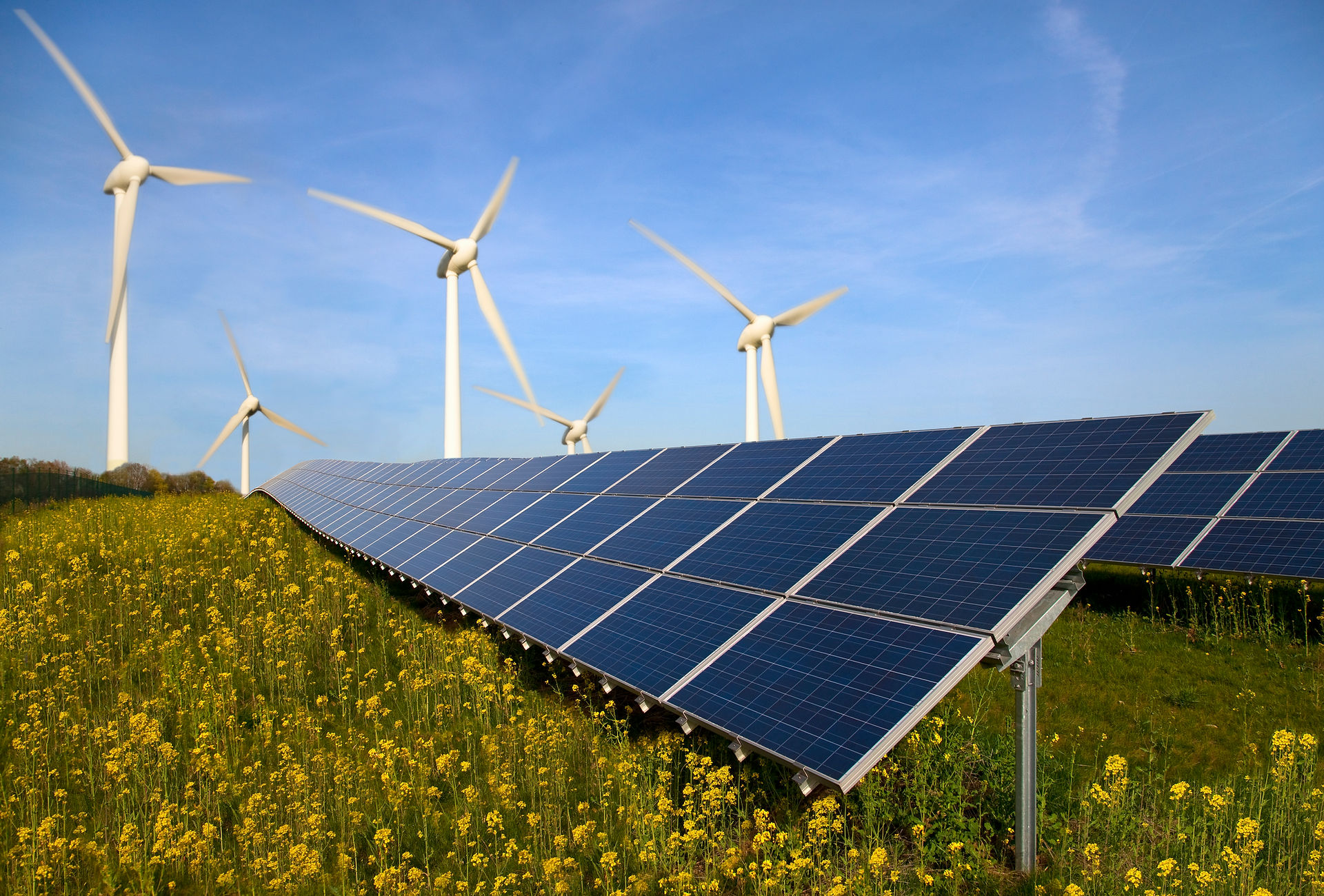U.S. EPA finalizes tougher new vehicle emissions requirements
WASHINGTON, Dec 20 (Reuters) - The Environmental Protection Agency (EPA) on Monday finalized new vehicle emissions requirements through 2026 that reverse former President Donald Trump's rollback of car pollution cuts and will speed a U.S. shift to more electric vehicles.
EPA Administrator Michael Regan called the tough standards "doable" even as he vowed to quickly move ahead with the next round of requirements. "We are setting robust and rigorous standards that will aggressively reduce the pollution that is harming people and our planet," Regan said.
In August, President Joe Biden's administration proposed undoing the Trump-era action easing requirements imposed during the presidency of Barack Obama. The new rule finalized Monday is tougher than EPA's August proposal or requirements issued by Obama.
If expressed in miles per gallon (mpg) requirements, the EPA rules would result in a fleetwide real-world average of about 40 mpg in 2026, versus 38 mpg under the August proposal and 32 mpg under the Trump rules.
Officials said the EPA as soon as next year could propose still tougher requirements through 2030 or beyond for vehicles.
"We urge the agency to get moving on the strongest possible long-term standards that rapidly accelerate the transition to zero-emission vehicles," said Sierra Club President Ramon Cruz.
The Democratic administrations of Biden and Obama have pushed for stricter fuel efficiency standards to reduce greenhouse gas emissions and fight climate change. The new rules will result in 3.1 billion tons of avoided CO2 emissions through 2050 and come after many states and environmental groups urged the administration to impose stricter rules.
Biden wants 50% of all new vehicles sold in 2030 to be EV or plug-in hybrid models but has not endorsed California's plan to phase out new gas-powered light-duty vehicles by 2035.
In March 2020, Trump's Republican administration rolled back Obama's standards to require only 1.5% annual increases in efficiency through 2026. Obama had required 5% annual increases.
The new rules take effect in the 2023 model year and require a 28.3% reduction in vehicle emissions through 2026.
The rules will be challenging for automakers to meet, especially for Detroit's Big Three automakers. General Motors (GM.N), Ford Motor Co (F.N) and Chrysler-parent Stellantis NV (STLA.MI) appeared at an event Monday with Regan announcing the rules.
The Biden administration's EV plans suffered a setback Sunday when key Democratic Senator Joe Manchin said he would not support a $1.75 trillion domestic investment bill that includes new EV tax credits that would favor Detroit's Big Three automakers and the United Auto Workers (UAW) union.
UAW President Ray Curry said in an interview he is hopeful that the EV tax credits will ultimately be approved.
A major auto trade association, the Alliance for Automotive Innovation, said the new rules will require a substantial increase in electric vehicle sales and government incentives for consumers to buy those cars.
EPA estimates the vehicle emissions reduction benefits will exceed costs by up to $190 billion and drivers will save between $210 billion and $420 billion through 2050.
EPA estimates the savings from the new rules will outweigh the increase in vehicle costs by about $1,000 over the life of the vehicle.
EPA estimates the final rule will result in 17% of new U.S. vehicles by 2026 as EVs or plug-in hybrids.
The transportation sector is the largest U.S. source of greenhouse emissions.


コメント